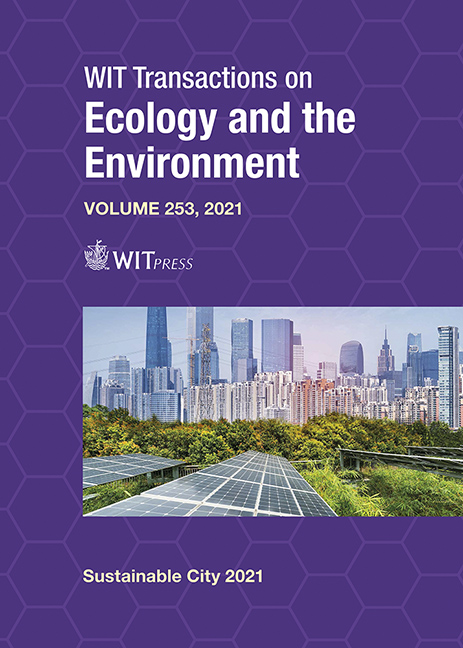URBAN PLANNING REVOLUTION FOR INCREASING PEDESTRIAN MOBILITY IN LISBON, PORTUGAL
Price
Free (open access)
Transaction
Volume
253
Pages
12
Page Range
73 - 84
Published
2021
Size
3,616 kb
Paper DOI
10.2495/SC210071
Copyright
Author(s)
JORGE T. RIBEIRO, ALEXANDRA R. VIEIRA, SUSANA ROSADO, FRANCISCO SERDOURA
Abstract
This paper focuses on the change in terms of spatial structure of the old cities with the urban renewal. The connection of places in the city through architecture and urbanism, encouraging walkability, will strengthen intergenerational and social interactions, will also reinforce cultural expressions, and provide social cohesion and security of the societies, as quoted in Habitat III – for better urban future. The permeability and connection between the different parts of the block, the street and the buildings will create links between space, shape and use will offer its users an increase in the quality of life, minimizing the use of motorized vehicles. The idea is to implement urban solutions that guarantee greater walkability by simulating an increase of passages in a neighborhood of Lisbon, Portugal. To test the feasibility of this idea, graph theory, space syntax, and data analysis methods and techniques were used to create several scenarios for increasing the pedestrian mobility in Lisbon. As results in all the three hypothetical scenarios created – increasing in number of passages and alternatives in a short-term (Simulation 1), medium-term (Simulation 2) and long-term (Simulation 3) intervention logic – there were somehow improvements in terms of walkability and accessibility. As the passages through the interior of the blocks increase, the network is also more easily accessible. The proposed research confirms that urban passages (e.g., the pasáž in Prague) are essential for changing the walkability paradigm in old cities rehabilitation planning.
Keywords
pedestrian mobility, accessibility, passages, walkability, normalized angular choice, normalized angular integration, to-movement, through-movement, urban planning, Bairro dos Actores





